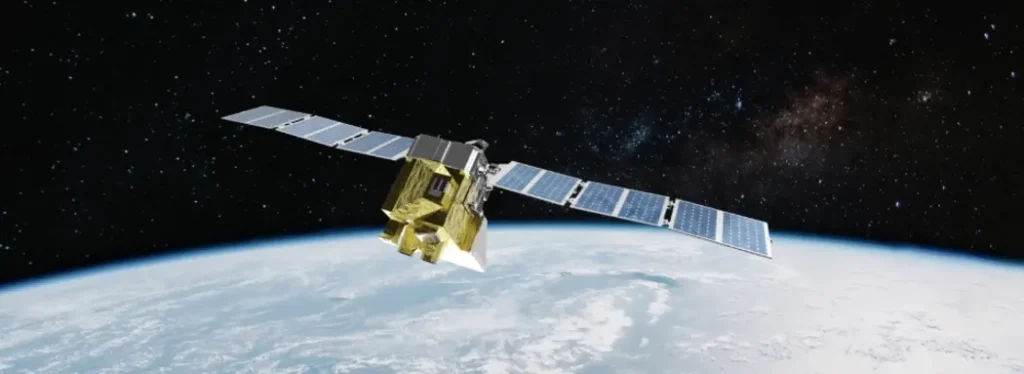MethaneSAT, an $88 million satellite funded by Jeff Bezos’s Earth Fund, Environmental Defense Fund, and international partners, has ceased functioning after losing power in late June 2025. The spacecraft, designed to track global methane emissions with high-resolution sensors, went offline over the Svalbard region, and controllers suspect it is unrecoverable.
Mission Overview & Technical Failure
- Launch and Mission Aim:
Lifted to orbit in March 2024 via SpaceX’s Falcon 9, MethaneSAT was equipped with advanced spectrometers to detect methane leaks from oil, gas and agricultural sources worldwide. - Loss of Contact:
Nearly ten days prior, the satellite veered off its intended path and entered unresponsive mode. Controllers have confirmed a total loss of power, effectively ending on-board operations. - Major Incident:
Despite being insured, the mission’s premature shutdown has been described by the operating agencies as a significant setback not a failure emphasizing the value of data and experience gathered during its operational period.
Mission Contributions Before Failure
- Precise Emissions Mapping:
MethaneSAT delivered novel insights, including identifying leak rates in critical regions like the Permian Basin of the U.S. and South Caspian revealing emissions three to ten times higher than expected. - Global Transparency Tool:
In partnership with Google, the mission generated accessible global methane emissions maps to support climate response initiatives and accountability for pledged methane reductions.
Next Steps & Oversight
- Ongoing Investigation:
Engineers from the EDF, New Zealand Space Agency, and manufacturing partners are reviewing telemetry and technical reports to determine the cause. - Future Monitoring Methods:
While satellite operations have halted, methane detection will continue using aircraft-mounted spectrometers and other remote sensing tools. - Program Viability:
The operating teams have not confirmed plans for a replacement satellite but stress that MethaneSAT has already proved the effectiveness of highly-sensitive methane monitoring instruments.
Strategic Context and Climate Impact
- Global Methane Strategy:
MethaneSAT supported commitments by over 120 nations and 50 companies to curb methane emissions a potent greenhouse gas with 80 times the warming impact of CO₂ over 20 years. - Regulatory Landscape:
The effort comes at a time of shifting policy in major jurisdictions, where emissions tracking systems are being scaled back, highlighting the importance of independent monitoring tools.
Final Takeaway
Although prematurely lost, MethaneSAT demonstrated critical capabilities for real-time methane surveillance essential for accountability and climate action. The initiative highlighted both technological promise and operational fragility in space-based climate monitoring. Operators emphasize that learnings from this mission will guide future efforts to track emissions more accurately and reliably.



Comments (0)
No comments yet. Be the first to comment!
Leave a Comment